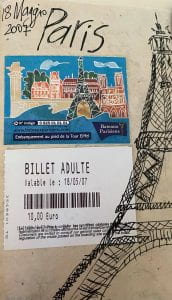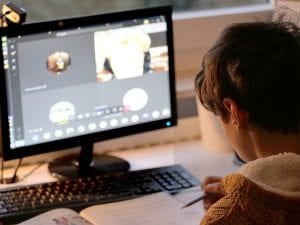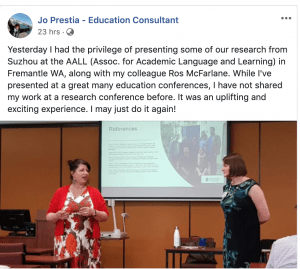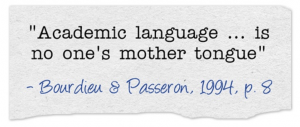After many hours of planning with colleagues and setting up my platform to facilitate online learning, yesterday was D-day. I had two, 2 hour tutorials back to back of the same unit. This arrangement seemed fine back in February but then COVID-19 happened. I sat in my chair here in our study at home for 4 hours knowing many of my colleagues in universities and in schools are doing even tougher. It is draining, yes, but strangely rewarding – especially when the chosen platform works. Unfortunately, but not surprisingly, I am hearing today that some platforms are not coping, making it even more stressful for both teachers and students. That aside, the reality is here and it’s here to stay. I wonder how we might change as educators, as learners and as humans once it’s over? I do hope we bring with us what we have learned and evolve into even better humans. Time will tell.
In the meantime, I want to share with you all what I learned during my online sessions.
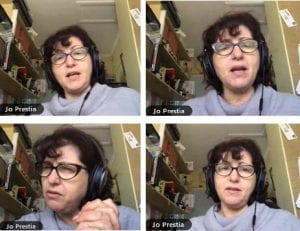
The many faces of me!
Firstly, I missed the physicality of a class, seeing my students walk into our learning space – being able to move around that space, see them react to the learning, laugh at my jokes (or not), see them working collaboratively – all at the same time. In the Adobe Connect platform I could move them into break out spaces but then I had to continuously pop in and out of the groups, and while it was great to spend a few minutes there I was also conscious that I couldn’t see or hear the other groups simultaneously. I realised I had FOMO (fear or missing out), so while I had the opportunity to focus on just two or three students and really listen, I found I couldn’t and I really regret that. Nothing beats a physical space full of learners.
I did, however, love seeing them on the webcams and hearing them speak up, even if it was a few of them at one time, but it was better than the chat window where I’m sure I missed many of the comments written. Next week I’m going to risk having them all turn on their webcams at once and see what happens. Just for a bit while we all say hi. I’m imagining the Brady Bunch opening credits but with 30 faces staring back at me (assuming they’ll all be online)!

Brady Bunch https://en.wikipedia.org/wiki/List_of_The_Brady_Bunch_characters
Next week I’m also going to have them send emojis in the chat so I don’t feel like I’m talking to myself! I learned I need a lot more interaction if I can’t see or hear them while I’m speaking.
Finally, while there will be glitches, it will get better. My youngest daughter, who is an early career teacher, (2nd year out) heard some of my sessions and thought I was lacking my sassy self. I should just be she said – maybe I will.
One last thing, as we are both running our classes from home, I learned that my daughter and I could feed off each other. apparently she enjoyed listening to my sessions and was going to steal a few of my ideas. My daughter should know that I was sooo proud to hear her interacting with her little Year 7 Drama class on line early this morning and that I’m going to steal some of her ideas!
Stay safe everyone. Stay home.
Thanks for reading 🙂


